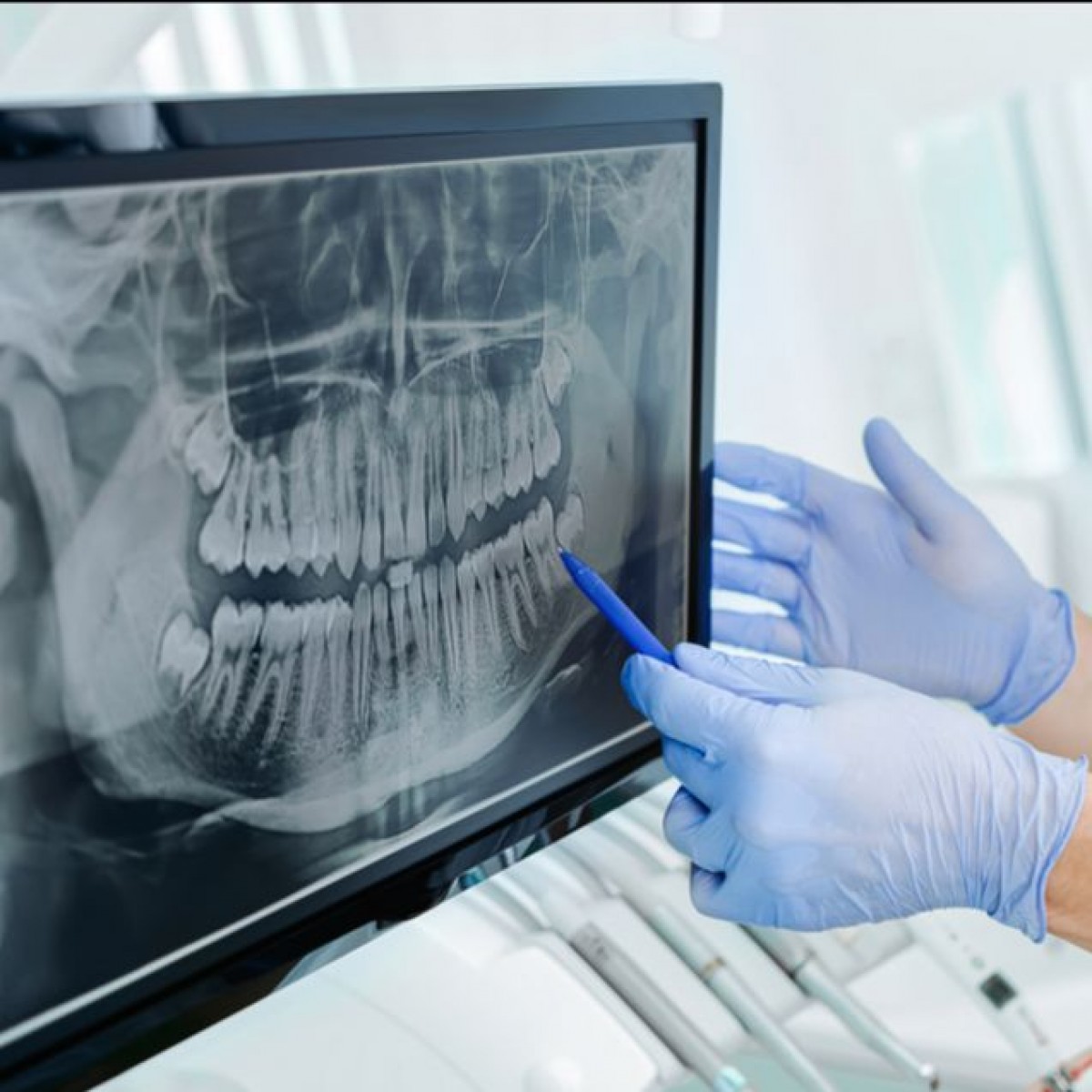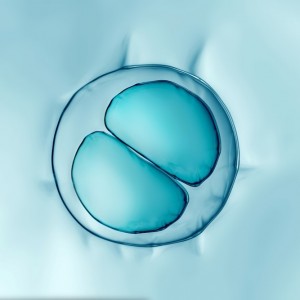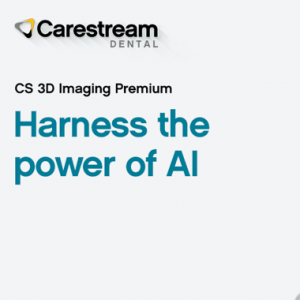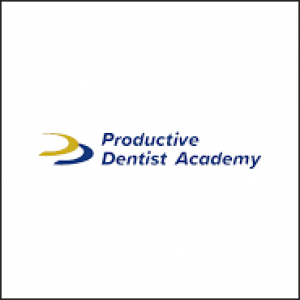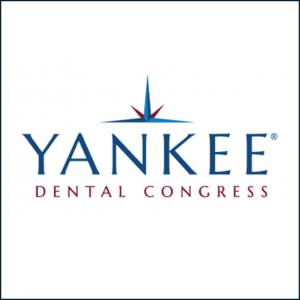
Comparative analysis of accuracy in digital and conventional implant impressions: an in vitro study
Lorenzo Breschi
Introduction
Intraoral scanners (IOSs) have revolutionized contemporary restorative and prosthetic workflows. Current evidence suggests that digital implant scanning technique can be a clinically viable alternative to traditional implant impression with the potential to minimize errors associated with conventional workflow, which involve multiple materials and steps. However, the accuracy of the IOs, especially in completely edentulous patients, can be influenced by various factors including the type of scanner, scanning technique and scan body material. Despite the promising outcomes of laboratories studies, more evidence is needed to validate the clinical application of these techniques.
In this context, Conejo et al. have conducted an in vitro study to measure and compare the accuracy of complete arch conventional pick-up implant impressions, complete arch digital implant scans with IOS and 3D printed casts from digital scans.
Materials and method
Six implants were placed in a type 2 density mandibular model. Dual functioning scannable pick-up impression copings were inserted in the implants, scanned with a reference scanner, and exported in a Standard Tessellation Language format (Group Control). Two conventional impression techniques (n=5), splinted open-tray pick-up impressions (Group OT) and closed-tray pick-up impressions (Group CT), were performed and stone casts were fabricated. Successively, digital scans (Group DS, n=5) were made with an IOS (Primescan; Dentsply Sirona) by a single experienced operator, and the STL files were exported to fabricate 3D-printed casts (Group STL, n=5).
All casts were digitized following the same protocol: scannable pick-up impression copings were inserted in the dental implant analogs in Groups OT, CT, and STL and scanned with the reference scanner. Using a 3D inspection software program, the digitized casts from the different impression techniques were superimposed and compared with the control. Accuracy was assessed using the root mean square (RMS) values, while precision was determined based on the mean of standard deviation of each scanner cross-compared. All data were statistically analysed at a 95% confidence interval (p<0.05).
Results
Regarding the accuracy, significant differences in RMS values were found from the superimposed files between different techniques (p<0.05). In particular, Group DS (P<0.05) showed the lowest mean dimensional difference when superimposed with Group Control, while no significant difference in RMS values was found among Groups CT, OT, and STL (p>0.05). Similarly, Group DS showed the lowest precision values, differing significantly from Group CT and Group STL (p<0.05), while Group CT performed better overall.
Conclusion
Based on the findings of this in vitro study, the authors concluded that, in complete arch implant cases, 3D printed casts from digital scans have similar accuracy to stone casts from conventional impressions. In particular, intraoral scans showed the highest accuracy making digital scans with IOS recommended.
For more information: Conejo J, Yoo TH, Atria PJ, Fraiman H, Blatz MB. In vitro comparative study between complete arch conventional implant impressions and digital implant scans with scannable pick-up impression copings. J Prosthet Dent. 2024 Jan 4:S0022-3913(23)00828-4. doi: 10.1016/j.prosdent.2023.12.012. Epub ahead of print. PMID: 38182453.
 Related articles
Related articles
Oral pathology 23 June 2025
rtificial intelligence (AI) has rapidly advanced in healthcare and dental education, significantly impacting diagnostic processes, treatment planning, and academic training.
Restorative dentistry 17 May 2024
Advancements in manufacturing technologies have revolutionized the fabrication of dental restorations and prostheses, allowing for enhanced material manipulation and improved geometric precision. In...
Endodontics 18 August 2025
Factors influencing the long-term results of endodontic treatment: a review of the literature
The purpose of this review of the literature is to examine the factors and their influence on the outcome of endodontic treatments, and also to attempt to have an authors’ consensus concerning the...
Implantology 25 July 2025
Background: Cytokine–microbiology–virology monitoring after implant placement may help to develop profiles of variables that can help to explain interaction between the immune system and alveolar...
The variability of the clinical protocols in regenerative endodontic procedures is extremely high.
 Read more
Read more
Oral pathology 24 October 2025
Isolation and characterization of dental pulp stem cells from a supernumerary tooth
Dental pulp stem cells (DPSCs) were primarily derived from the pulp tissues of primary incisors and permanent third molar teeth, whereas no report to our knowledge has yet been documented on deriving...
Editorials 24 October 2025
From mentoring workshops to leadership insights, the last week’s IU School of Dentistry (IUSD) fall faculty conference and staff retreat brought faculty and staff together respectively for two days...
Products 24 October 2025
At the American Academy of Periodontology’s Annual Meeting, Carestream Dental continues to deliver what’s next in dentistry with the launch of CS 3D.
News 24 October 2025
As dental professionals prepare to wrap up 2025, many are setting ambitious goals for the year ahead, yet few have a clear, actionable plan to achieve them.
News 24 October 2025
The Yankee Dental Congress will take place from January 29, 2026, through January 31, 2026, at the Thomas M. Menino Convention & Exhibition Center in Boston.


